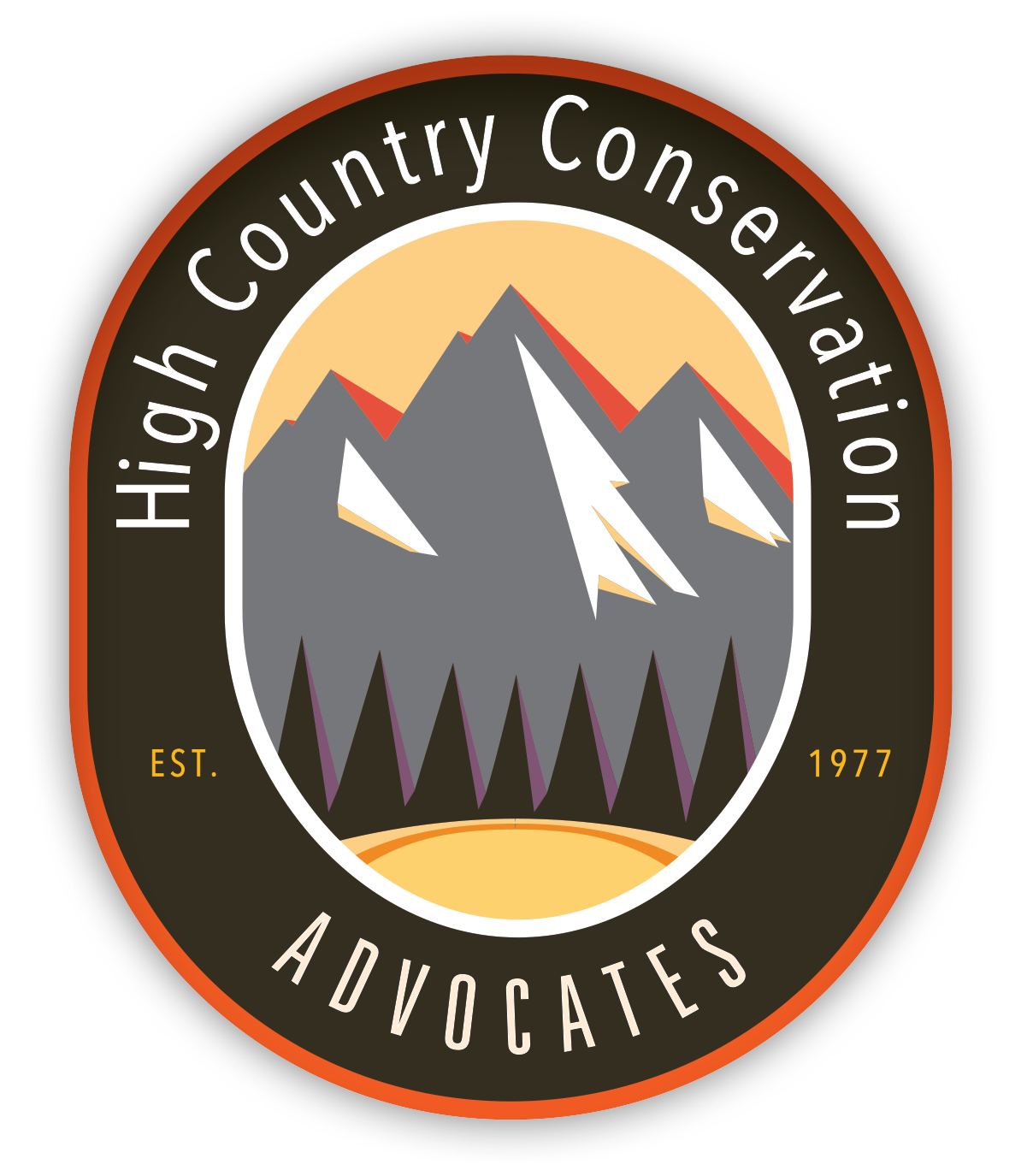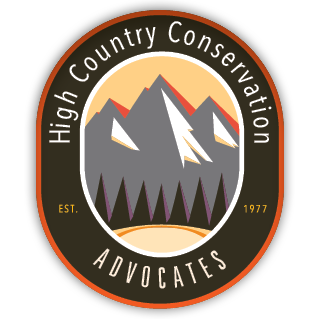Beaver Breaks: How Beavers (and low-tech riparian restoration) Help Reduce Impacts From Fire
Beavers once lived in nearly every watershed in the U.S. Their constant engineering created vast wetlands that provided critically important habitat for a diverse array of wildlife and plant species.
Yet many people regard beavers as a nuisance, since their dams can flood roads and clog irrigation ditches. That mentality—along with extensive trapping that took place prior to modern regulations—led to a marked decline in beaver populations over the past two centuries. Without beavers around, the dams they built washed away, along with the valuable ecosystem services they provided.
A beaver swims above a recently installed beaver dam analog structure in Idaho. Photo: Eric Winford
Today, practitioners are restoring the West’s creeks by mimicking the same types of structures beavers once built. These “low-tech, process-based” mesic restoration practices slow down water, allowing it to spread across the landscape where plants and wildlife can use it. Over time, these structures, called beaver dam analogs or pole-assisted log structures, can even create opportunities for beavers to move in and build on the human structures.
In addition to improving habitat for wildlife and boosting productivity of riparian vegetation communities, these wetlands create important fire breaks and refuge for wildlife fleeing wildfire, as detailed in this paper by Emily Fairfax from 2020.
A new documentary from PBS highlights this important benefit and how beavers can help build climate resiliency.
Of course, this isn’t “news” to Working Lands for Wildlife staff and to other “beaver believers” with whom we work. We’ve known for years that beaver-mimicking low-tech restoration boosts riparian plant productivity. In fact, this Science to Solutions from 2018 highlights how low-tech restoration increased plant productivity by 25% and kept plants greener longer during the summer season.
That report is just one of a suite of studies demonstrating the benefits of low-tech mesic restoration practices. Read about all them in this recent post.
Of course, we don’t simply study the effects of low-tech mesic restoration, we partner with a diverse set of groups across the West to train practitioners on these techniques, empowering them to implement these life-sustaining efforts on creeks and streams throughout sagebrush country.
More Beaver Resources and Reading
Science to Solutions: Conserving Wet Habitats Keeps Western Rangelands Resilient
Nature’s Engineers: How Beavers Boost Streamflows and Restore Habitat – National Wildlife Federation Blog (reposted with permission)
Thinking Like a Beaver – Bugle Magazine Story (Bugle is the magazine of the Rocky Mountain Elk Foundation, excerpt reposted with permission)




